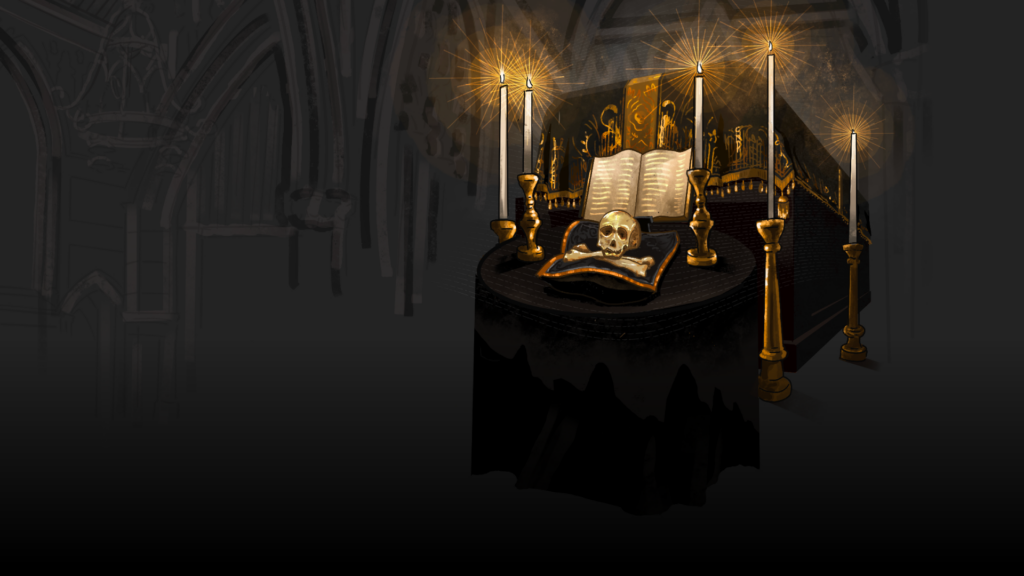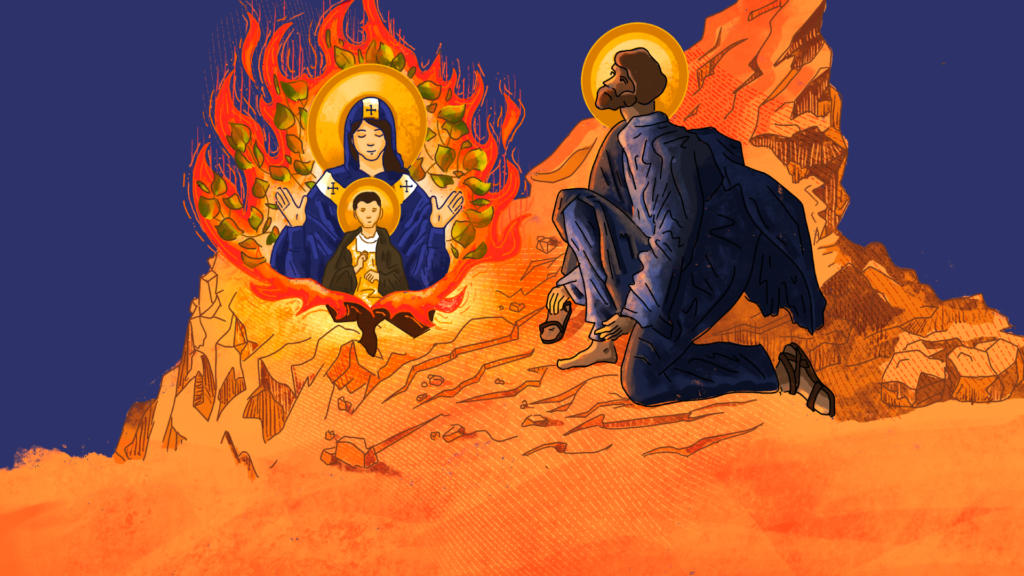Personally, I don’t read books that are ‘hot of the presses’. But as I was leisurely perusing the airport book shelves, this one caught my eye. I mean c’mon: “A Tale of Shipwreck, Mutiny, and Murder.” And have you seen the cover?
What a marketing home run. A few friends have previously recommended Killers of the Flower Moon and The Lost City of Z, both written by the same author, David Grann, but this was my first time actually reading him.
As a work of historical non-fiction, this one checked the boxes for me. In particular, I love history but I don’t want to read a textbook. Even if the back cover reads like swashbuckler’s daydream. But this one was a really enjoyable read.
Here’s the story of the Wager:
On January 28, 1742, a ramshackle vessel of patched-together wood and cloth washed up on the coast of Brazil. Inside were thirty emaciated men, barely alive, and they had an extraordinary tale to tell. They were survivors of His Majesty’s Ship the Wager, a British vessel that had left England in 1740 on a secret mission during an imperial war with Spain. While the Wager had been chasing a Spanish treasure-filled galleon known as “the prize of all the oceans,” it had wrecked on a desolate island off the coast of Patagonia. The men, after being marooned for months and facing starvation, built the flimsy craft and sailed for more than a hundred days, traversing nearly 3,000 miles of storm-wracked seas. They were greeted as heroes.
But then … six months later, another, even more decrepit craft landed on the coast of Chile. This boat contained just three castaways, and they told a very different story. The thirty sailors who landed in Brazil were not heroes – they were mutineers. The first group responded with countercharges of their own, of a tyrannical and murderous senior officer and his henchmen. It became clear that while stranded on the island the crew had fallen into anarchy, with warring factions fighting for dominion over the barren wilderness. As accusations of treachery and murder flew, the Admiralty convened a court martial to determine who was telling the truth. The stakes were life-and-death—for whomever the court found guilty could hang.
Just an unbelievable story.
Survival is probably one of my favorite genres to read. I’ve read a good few like Endurance, Alive, Touching the Void, Into the Heart of the Sea, and I found a few things to be unique about the story of the Wager.
1. The Elements. Some tropical survival stories sound like the location is paradise. Crystal clear fresh water streams, tasty fruit hanging near by, and native animals that are begging to be caught and cooked. Not so with the Wager. The Wager crashed after rounding Cape Horn, which could be described as Mordor at the beach.
2. The Men. Over 100 sailors originally survived the shipwreck. Many of them don’t survive the island and journey home but this wasn’t a handful of survivors. After the wreck, you see factions develop with very different ideas about how things should be run. Furthermore, when some groups go off the deep end, how do you create law and order in such a wasteland, far from civilization?
3. The Escape. The survivors were not only stranded on a desolate island but in order to get back to safety, they had to traverse thousands of miles of ocean, navigate some of the most treacherous waters on the face of the earth, sail through enemy-held territory, just to make it to a part of south America where they could find friendlies. Insanity.
I only have one point by way of criticism. The story is set up as a true story mystery or thriller, but it really is much more of a survival story. Everyone pretty much agreed on what happened, the court martial and public frenzy were more about who was in the wrong? Which itself still makes for a good story.
Overall, I enjoyed The Wager and would gladly pass it on to a friend looking for a solid summer read.






